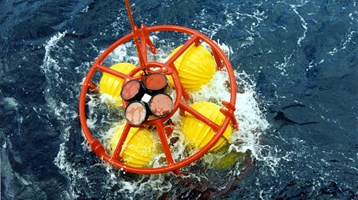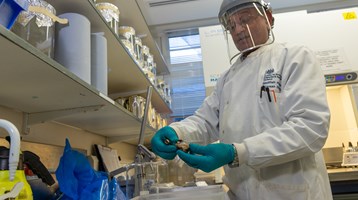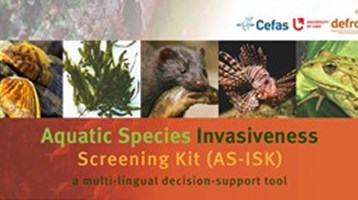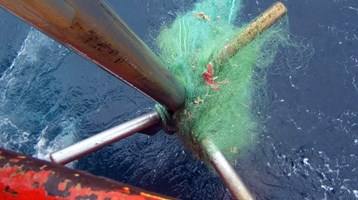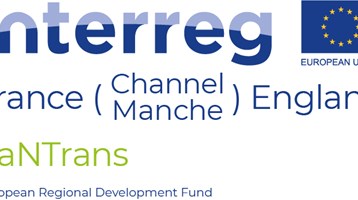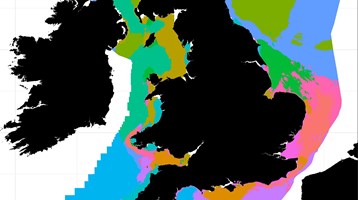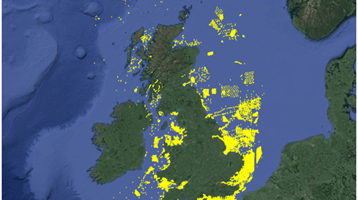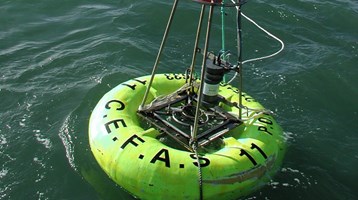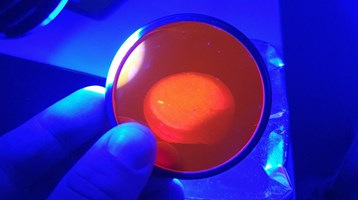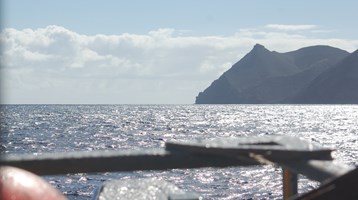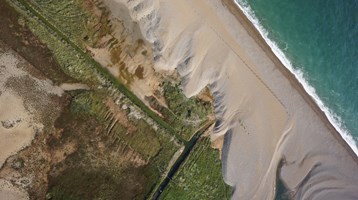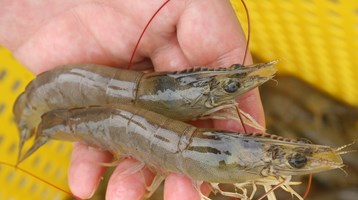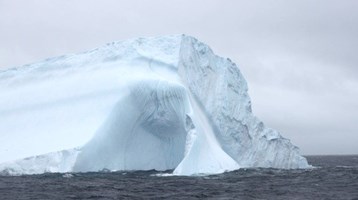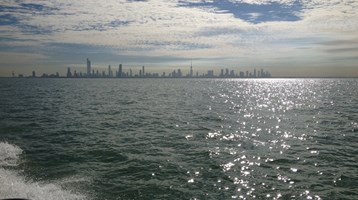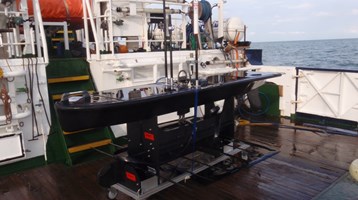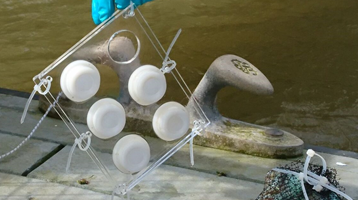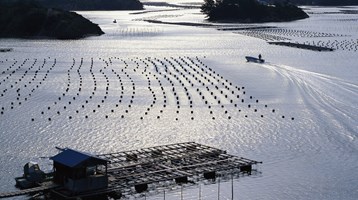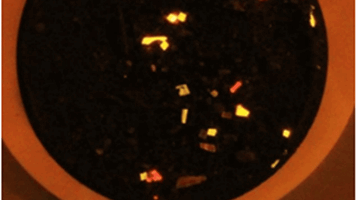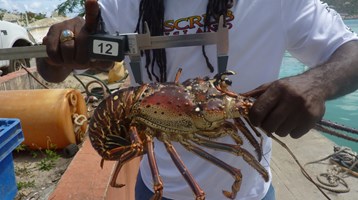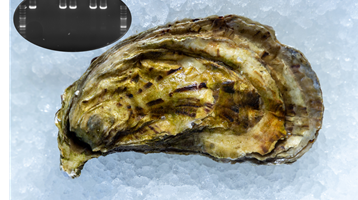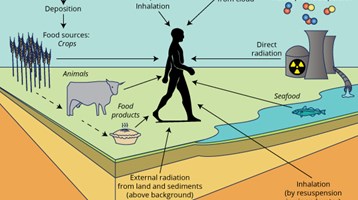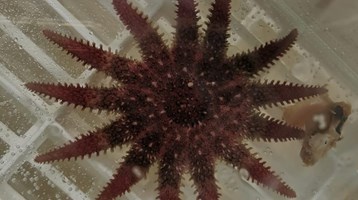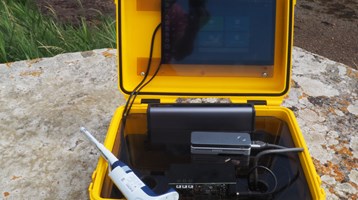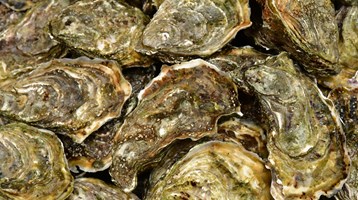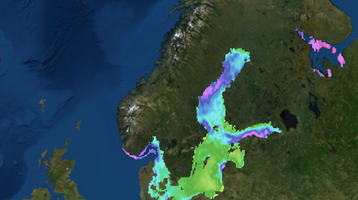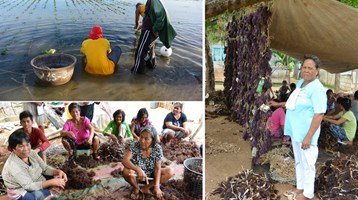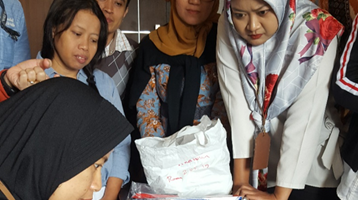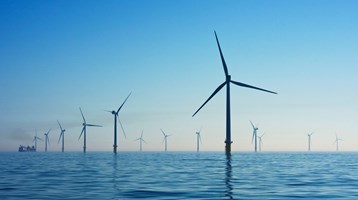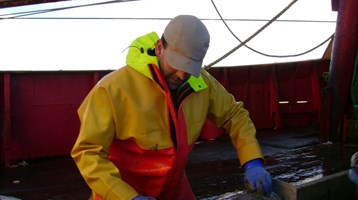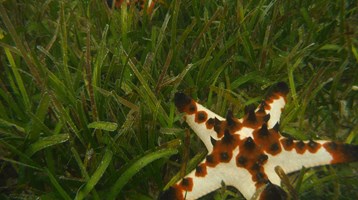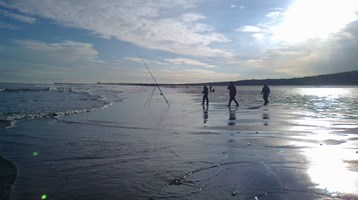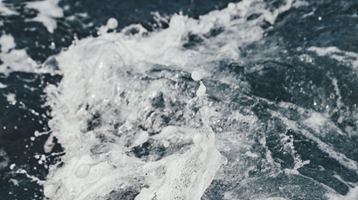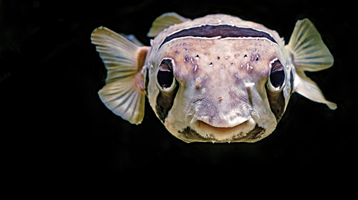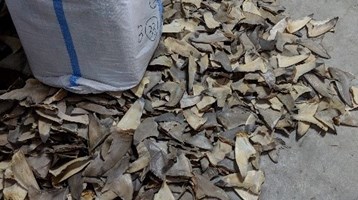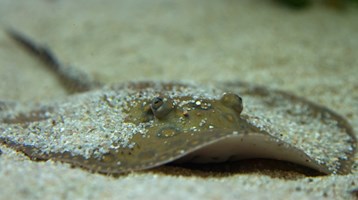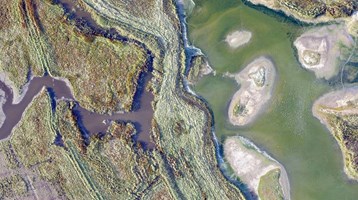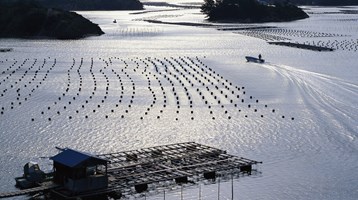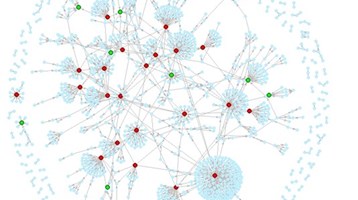Current and future effects of microplastics on marine ecosystems (the MINIMISE project)

This project will deliver new knowledge of the risk that microplastics of different types, shapes and sizes pose to U.K. coastal ecosystems and the animals and ecosystem functions that they support. We will develop novel techniques for studying any effects of microplastics at low, environmentally relevant concentrations of microplastics. This will be made possible through the use of novel, cutting edge techniques for tracking and imaging particles in complex matrices and tissues, for determining how microplastics and co-contaminants distribute through marine food webs, and the biological and ecological effects that they give rise to. Our results will be combined with ongoing large-scale monitoring of microplastics and relevant marine functions into a geospatial risk map to guide solutions-driven interventions.
Project Aims:
MINIMISE aims to explore the risks associated with the exposure of marine organisms to microplastics and to predict what the consequences may be for ocean ecological and biogeochemical processes. We will generate novel scientific evidence to support the setting of thresholds for risk of harm to individual animals, to the aquatic food chain from contamination, and to the stability and diversity of marine ecosystems. We will make our results scalable by incorporating complementary data from existing microplastics projects that maximises spatial and temporal coverage, and we will ensure our findings are robust by determining ecosystem responses in present versus future environments.
Project Objectives:
- To develop and apply enhanced methods for identifying and characterising microplastics in diverse media, including novel high throughput screening methods and synthesis of custom-designed labelled particles to enable studies of transport and uptake,
- To Investigate the potential role of microplastics as vectors of additives and marine pollutants and their trophic transfer in marine food webs,
- To assess the extent to which accumulation of microplastics of different shapes, sizes and polymers leads to biological effects at molecular, cellular, physiological and organismal levels,
- To establish the potential for microplastics to moderate benthic ecosystem functions under a range of ocean chemistry scenarios,
- To generate a unique geospatial risk map of microplastics and associated contaminants in marine environments and organisms representative of UK ecosystems.

MINIMISE diagram
Partners:
Centre for the Environment, Fisheries and Aquaculture Sciences
University of Exeter
University of East Anglia
University of Plymouth
University of Southampton
National Oceanography Centre
Cefas Staff:
Adil Bakir – Senior Microplastics Scientist (PI)
Briony Silburn - Marine Litter Data Scientist
Alexandra McGoran – Analytical chemist
Holly Nel: Marine Litter Scientist
Robert Brookes: GIS analyst
Related to this article
Topic
Case studies
People
Further Reading


Working for a sustainable blue future
Our Science

